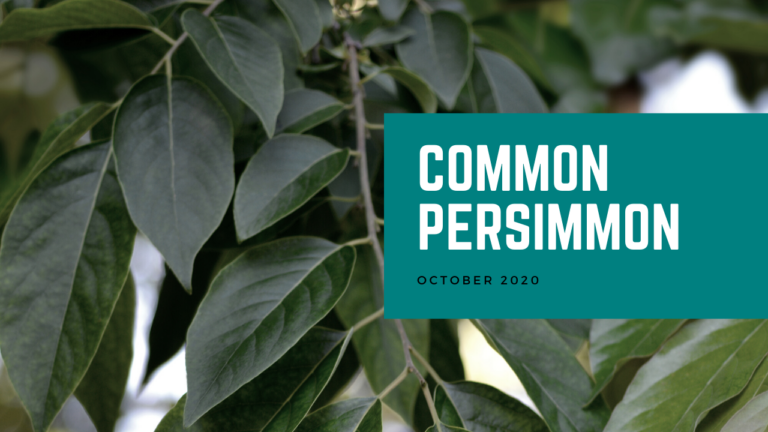Presented by Helen Lane
August 9, 2021
Botanical name: Crataegus marshallii
Common names: Parsley Hawthorn, Parsleyleaf Hawthorn
Family: Rosaceae (Rose)
[MUSIC—EASY AND FUN]
[Helen] My name is Helen Lane and I’m going to present Plant of the Month, the Parsley Hawthorn.
As we know we had a pretty severe freeze. And I lost some bushes in my yard. These were bushes probably planted by the previous owner to sort of spruce up the yard, but they weren’t natives. So I pulled them out. They were really easy to get out because they were dead, and I had all this space. And, like many gardeners, I like to try new plants. So at our last plant sale, I got a Parsley Hawthorn, but really knew nothing about it. So, I’m sharing with you some of what I’ve learned.
There are many varieties of hawthorn, so the scientific name is essential to differentiate. These are small trees and in a class of bushes and flowering plants. As you can see from these scientific orders, Rosales is a plant from the roses. In fact, roses are in the same order.
The Parsley Hawthorn is hardy. It grows in zone four and it is medium heat tolerant too. It grows on edges of wooded areas where there’s partial sun and well-drained soils and I have seen it right along various streams that are heavily treed, very big riparian areas. And as you can see, the spring flowers are quite small and it’s really quite pretty.
The leaves are small as well. As you can see, they’re less than one inch. I think they’re lovely and they look like parsley thus the name. And they are considered decorative. With these leaves come thorns. Ao you can see they are long and, from personal experience, they are quite sharp.
The plant does have a fruit. The fruit is called a haw. And as you can see on the left, the summer haw. And then as it grows it becomes a very sort of a pome-like structure with the seeds in the middle consumed by birds. By fall it’s a small little red berry all over the plants.
The distribution, in terms of Houston, it’s mostly found in the northeast region of Houston. But it is primarily a tree of southeast Texas, so this is truly a tree of the south. They are planted here in Houston as an ornamental tree and you can find them in various gardens such as Memorial Park.
Parsley Hawthorn is edible and it is in the foraging books. And I found that the forging books, at least the one I looked at, did not give it high marks for edibility, but it is edible. You can use it to make tea, but realize that it may have diuretic properties. And the fruit can be used in preserves. They’re small fruits so you probably have to have a lot of them. And they do contain vitamin C.
Looking up how to propagate with seeds, they obviously have to have heat and cold treatment. Germination may take a long time—weeks. And from looking into this, I would say if you could purchase the plant from a good vendor like we have at our plant sale would probably save you both time and money.
As I said, the hawthorns are easily consumed and none of the supplements that I found contained Parsley Hawthorn, so it’s important to read the labels. The extracts can be pulled out to make beta-blocking compounds. There is a warning from the literature that suggests that the plants may produce asthma or other allergic responses. And the concentration in the plants of course vary by growing conditions and the type of species. The leaf and berry nutritional supplements are out there, but none of them, as I said, are Parsley Hawthorn.
Parsley Hawthorn is a beautiful small tree for the yard or for landscaping and we do find it in the wild in our various woods.
Thank you.
[MUSIC—AND THAT’S IT]
Related Posts

Plant of the Month: Chile Pequin
August 2021 Plant of the Month
Botanical name: Capsicum annuum
Common names: Chile Pequin, Chile Petin, Bird Pepper, Turkey Pepper, Cayenne Pepper

Plant of the Month: Parsley Hawthorn
July 2021 Plant of the Month
Botanical name: Crataegus marshallii
Common names: Parsley Hawthorn, Parsleyleaf Hawthorn

Plant of the Month: Common Persimmon
December 2020 Plant of the Month
Botanical name: Diospyros virginiana
Common names: Common Persimmon, Possumwood, Date Plum, Winter Plum, Jove’s Fruit


